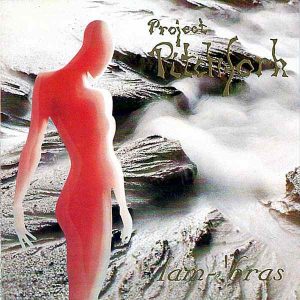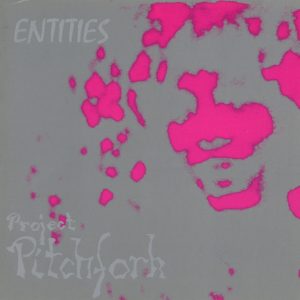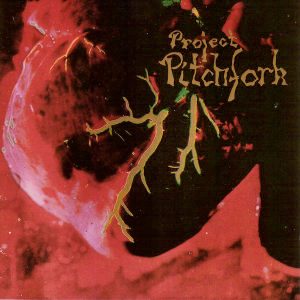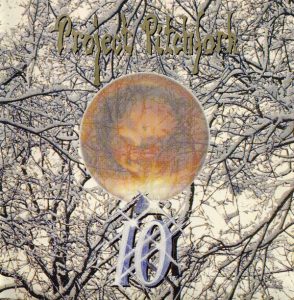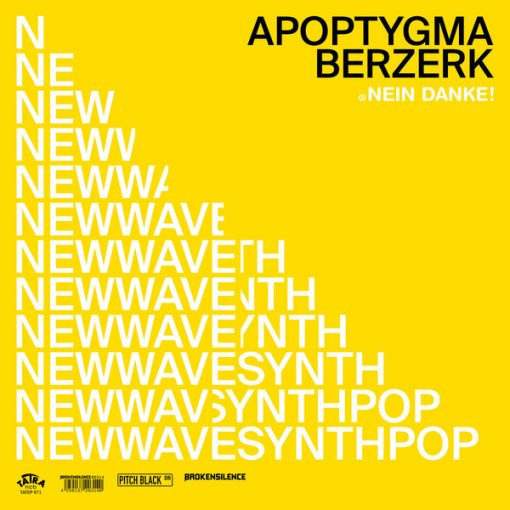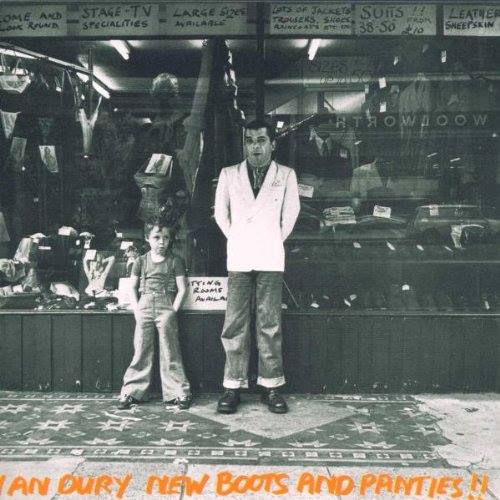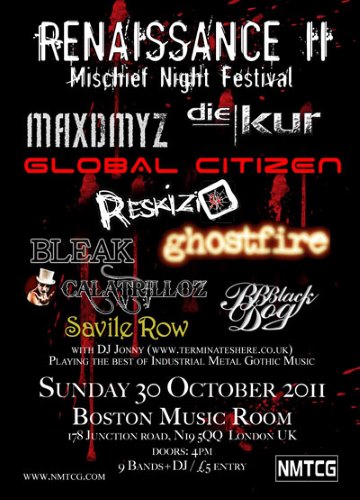My discovery of the whole goth/industrial/darkwave scene in the late 90s relied on a few clubs, some word of mouth and a still very patchy World Wide Web. One name that kept cropping up was Project Pitchfork, a band no-one could really describe in the few words, but the name itself intrigued me. Every successive track I heard piqued that curiosity further. I remained a fan even after they’d fallen out of favour with others. And their releases, the good and not-so-good, always got me thinking. In every possible sense, they’re the right candidate for my first ‘Listeners Guide’.
Note that this a band with a LONG career, and hence the text is LONG. If you’re of the TL;DR mindset, just skip to the end. If you’re questioning my whole reason for doing this, this news article launching the format will explain.
The Early Years
I’ve always had this thing for bands that can be described via a mix my favourite music genres without being pigeon-holed into any one of them. In this case, the hammering beats and electronic pulse might have classed them alongside the EBM and electro-industrial artists of the time, but their sense for melody and atmosphere ensured their following among the Europeans gothic collective. Add a sense of social awareness that was always well-informed but rarely preachy, album titles making regular reference to Eastern spirituality and various mythologies, Peter Spilles distinctive vocal style and the package is complete.
Peter Spilles had already recorded some solo material, but the band as we know formed in 1989 when Peter met Dirk Scheuber at a Girls Under Glass show. As was the convention at the time, their first recordings were released as a cassette demo, entitled K.N.K.A. This was enough to attract the attention of the Hypnobeat label. A contract was signed and the Project began in earnest.
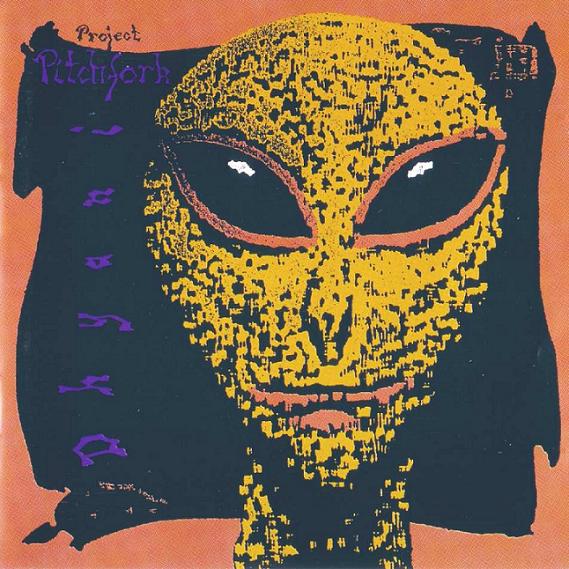
As a result, the earliest Pitchfork material you’re likely to hear today is their 1991 debut album Dhyani, combining most of the demo tape (re-recorded but not significantly reworked) with some newer compositions Rush-recorded and lo-fi it may be, but early favourite Fire and Ice shows they’re not afraid to hammer their message up-and-in-your-face. Meanwhile, K.N.K.A. was to become their first big hit in the ‘wake up and pay attention’ stakes, although the version here isn’t the best developed one out there. Also of interest is a cover of In The Year 2525, notable as one of the few cover versions Pitchfork would record, and the animal testing statement Box Of Steel, the first appearance of a certain “Rat 41”. The rest of the album is quite varied in tone and structure, occasionally losing direction and coming across quite ponderous, but given the lack of studio time and songwriting experience at this point in their career, we can let such things pass. For now.
Singles and Versions: None released directly from the album, but the Psychic Torture stand-alone single features three tracks in the same lo-fi style as the album, the title track as good as anything on Dhyani but not superior. It also has the Climax version of ‘K.N.K.A.’ – toughened up from the original, it’s the definitive version of the song – an early anthem in this form, but easier to find elsewhere these days.
1992 saw two new Pitchfork albums, beginning with Lam-’Bras. The opening title track set the scene, and Thoughts and Fear does some interesting work around a ‘slow arpeggio’, but this album is really about two songs. Conjure you may well have heard – borrowing heavily from the Assimilate school of mechanical synth riffs and extended-length song structures, it remains the only track with this album remembered to this day by anyone but hard-core Pitchfork devotees. Go Further is the hidden gem – a driving bassline taking the tune to it’s midway point before the synth strings lift off and let Spilles’ ecological message take hold. It’s still a heavily front-loaded album – Spilles then-partner Patricia Nigiani gives a rare female lead vocal on Floating Dolphins. Accompanied by organ and minimal synths, it’s the last act of note on an album that then goes off-the-rails with awkward song titles and directionless writing.
Their second album of 1992, and third overall was Entities. On this occasion, they chose to intersperse the tracks with instrumental interludes entitled ‘Mirror’. These are occasionally creative but lack any real long-term listener value once taken out of context, and now seem to be drawing attention away from the songs, which generally try too hard to be clever and ultimately tend to get lost up some personal orifice. In modern times, the only standouts are Song of the Winds with its synth motif that instantly marks the Pitchfork brand, the no-nonsense hoarse vox rhythm charge of The Abeyance and finally Souls, which would become THE early-era Pitchfork anthem. But not in this form.
Singles and Versions: A 1990s trend for releasing limited editions began here with the 3” ‘Little Entities’ bonus disc (though the tracks were later repackaged on more accessible releases). This one has a lo-fi live track from 1991 and quarter-hour instrumental ‘Journey Through The Psychonetic Dimension’, possibly of interest to Jarre/TanDream fans but not a masterpiece in the style.
It would be on the 1993 mini-album/EP (call it what you will) Souls/Island that true greatness would be found. Here we get Souls (Extended), the definitive version of the song, where those huge, deep synth stabs cut through mix with more authority than the original, not to mention the way Spilles lead and Nigiani’s backing vocal sync perfectly. It’s a scene anthem, never mind a band one, a club favourite for many years. The rest of the disc continues the ‘Mirror’ instrumental series with more standard issue Pitchy fayre – a few new songs, a few reworks from Entities, but nothing to hold a candle to “Souls”.
Onto 1994, a brief move to the legendary Off:Beat label saw the release of the IO album. It’s a definite “fan favourite”, although the complex song structures and esoteric lyrical themes don’t make it the best entry point either. There is a straight-ahead beats-and-vocal-gravel anthem in Carrion (still a live regular), although the other single Renascence is the one that really stands out – it’s hard to do a ‘human interest story’ without coming across schmalzy, but Spilles & Co manage it twice in the same song! The rest of the album requires closer listening attention, more detail than I can cover in a summary such as this, but I’ve always had a thing for the stop-start dynamics of Antidote. Other tracks from this album occasionally venture back onto their touring setlist. particularly the slow-unfolding title track, but with a growing repertoire, I have no idea when or if they’ll play any of them again.
Singles and Versions: Little IO is a 4-track bonus with some early demos tracks (more on those later), whilst both Carrion and Renascence saw CD single releases. The remixes on these aren’t essential, but there’s a rare cover version – a take on the old-era Human League track ‘Circus of Death’ which suits the mid-90s Pitchfork sound perfectly. Some people rate ‘The Hint’, the band themselves even play it live sometimes, but it just sounds like six minutes of meandering to me.

